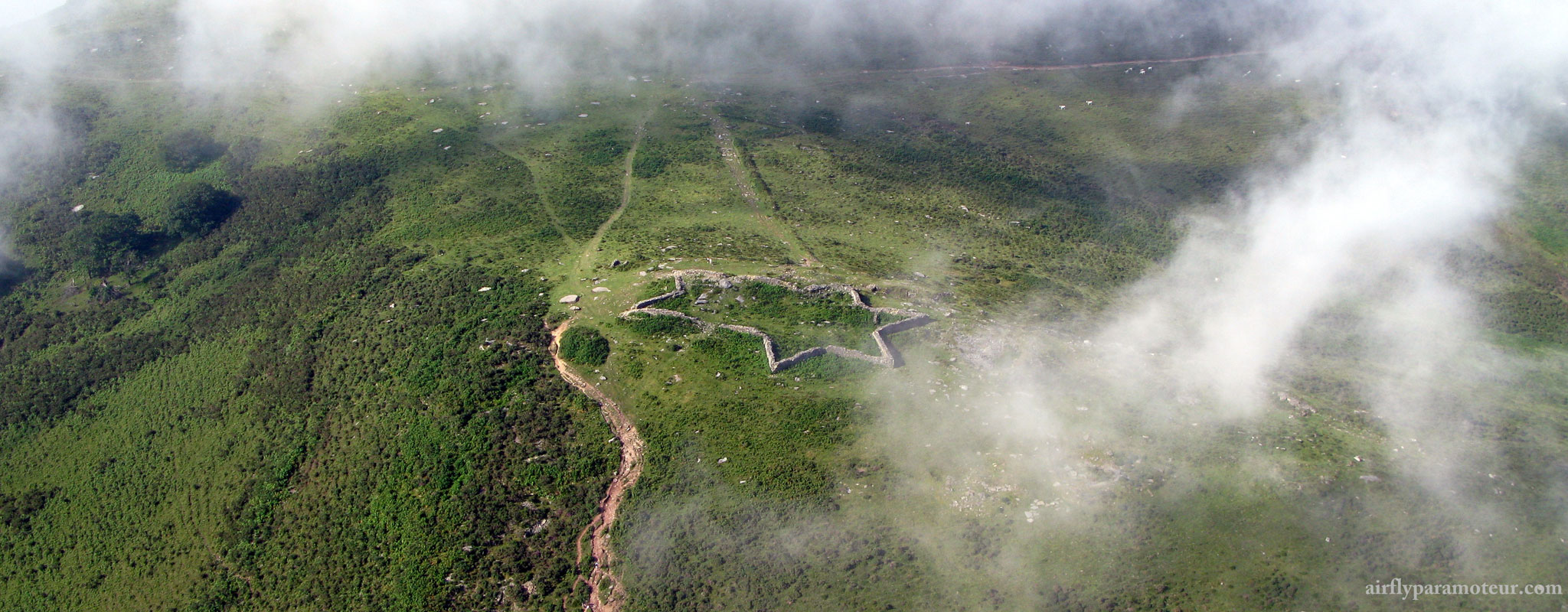Sandstone and puddingstone cliffs, fashioned by over 200 million years of erosion, have become flying buttresses due to the growth of the Iberian peninsula which has given La Rhune its characteristic rocky profile.
Listen to the soundtrack :
Puddingstone is rock composed of white and pink quartzite layers cemented together by a wine-coloured sandstone. The name “puddingstone” was coined by the English geologists who decided that it resembled their national pudding.
Puddingtone is actually a consolidation of chalky pebble beaches found in a network of rivers and lakes.
Sandstone is a sedimentary rock composed of quartz grains cemented together by chalk and basalt, a volcanic rock. The sandstone is composed of strata which are either oblique or interwoven.
These sandstone slabs were highly valued by quarrymen who worked for stone-cutters. They were given government-issued concessions which gave them the right to operate “mini-quarries” on the mountain and they collected stone and large blocks using sleds pulled by cattle. These stones have been used in local architecture, fences, discoid stelae, and houses for many centuries. The largest, flattest stones (3 or 4 metres in diameter) were used for larger structures such as bridges, etc.

